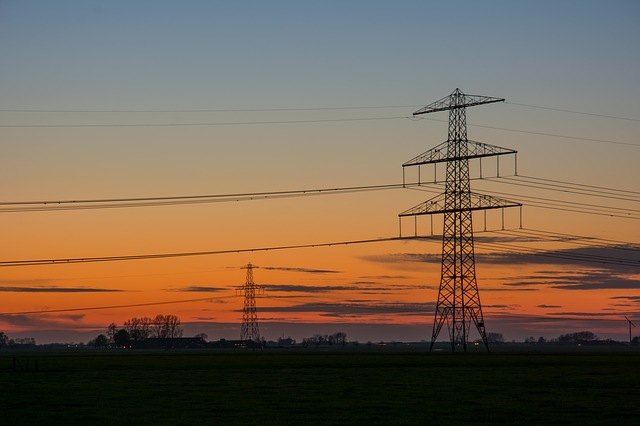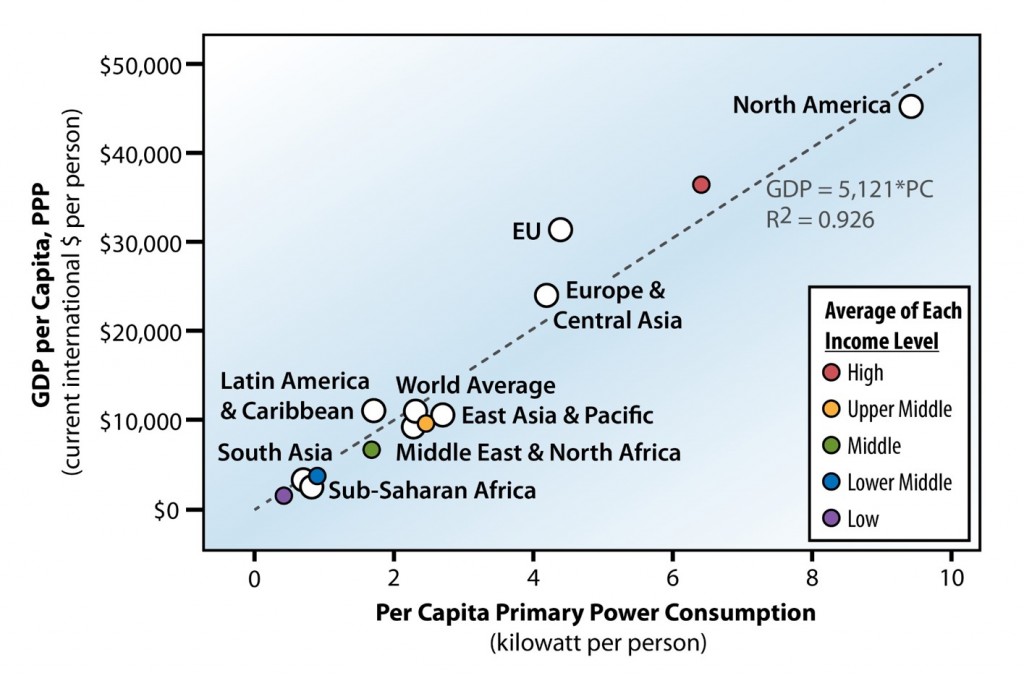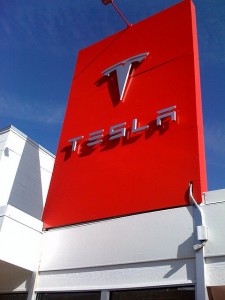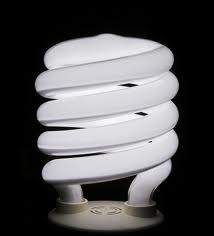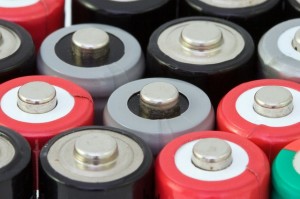587 item(s) were returned.
Chief Executive Officer
National Coal Council
The existing fleet of coal-fired power plants is critical to the economic prosperity of the U.S. As the leading provider of U.S. electricity generation (at 39%), low cost coal keeps electricity prices below those of other free market nations and provides a competitive edge for U.S industry. In addition, the “Polar Vortex” weather events of January and February 2014 demonstrated the contribution of the existing coal fleet to the reliability of the U.S. electricity grid. After limited natural gas resources were diverted from electricity production to residential heating needs, coal-fired power plants made up the difference. Nationwide, over 90% of… [more]
View InsightDirector of Midwest Energy Policy Analysis
Wisconsin Energy Institute
This prompt is the first in a series of discussions led by invited speakers at the upcoming 15th National Conference and Global Forum on Science, Policy and the Environment: Energy and Climate Change to be held January 27-29, 2015 in Washington, DC. The environmental benefits and declining price of solar, wind, storage and other distributed energy resources are driving their increased use in the electrical utility system. As a result, more power is being generated at homes, businesses, and commercial buildings and used locally. This jump in power production at the distribution level presents a challenge to the traditional electrical… [more]
View InsightAssistant Professor
Vanderbilt University
The rooftop solar market in the US, and especially in California, has experienced explosive growth in the last decade. At least in part this growth can be attributed to the government incentive programs, which effectively reduce the system costs. One of the most aggressive incentive programs is the California Solar Initiative (CSI), a rooftop solar subsidy program initiated in 2007 with the goal of creating 1,940 megawatts of solar capacity by 2016. The CSI program has been touted as a great success, and it certainly seems so: over 2,000 megawatts have been installed to date. But how much of this… [more]
View InsightPresident
RENEWPR
The American wind energy industry has grown in spite of the “boom and bust” cycle of wind energy development fostered by the renewal-expiration-renewal cycle of the wind production tax credit (PTC). The PTC is one of the primary tools used to spur wind energy development and expired at the end of 2013. The result was a 92% drop in 2013 installations, compared to 2012. Extension of the PTC will likely be the subject of debate about so-called tax extenders during the upcoming “lame duck” session of Congress as the wind industry seeks an extension of the PTC through 2015. The… [more]
View InsightUniversity Distinguished Professor
Michigan State University, Dept. of Chemical Engineering
Human well-being is a direct function of power consumed, or the rate at which work is done. The relationship between rate of energy consumption and rate of wealth production should not surprise anyone. The faster work is done (more power consumed), the more wealth that is produced. It is impossible to think of a single wealth-producing activity that does not require work—the expenditure of energy. The great increase in the world’s wealth since the Industrial Revolution is the obvious outcome of using fossil fuels to provide the energy for machines to do work. We got rich in the last couple… [more]
View InsightTesla will not be able to sell their electric cars directly to consumers in Michigan after Governor Rick Snyder signed bipartisan legislation on October 21st that clarifies existing state auto sales laws. Tesla has been fighting with numerous states to maintain their preferred, and successful, business model of selling vehicles directly to consumers, as opposed to the traditional method of selling to franchised dealerships that sell to consumers. The Michigan legislation isn’t unique; forty-eight states have had laws in place for years that ban or limit direct sales of automobiles. In the early years of the auto industry, manufacturers needed… [more]
View InsightProgram Manager
OurEnergyPolicy.org
The American Coalition of Competitive Energy Suppliers (ACCES) is a group of competitive retail natural gas and electricity suppliers committed to consumer education and media outreach, in order to help consumers better understand and take advantage of the benefits of energy choice.
View InsightProgram Manager
OurEnergyPolicy.org
Missouri Energy Initiative is a nonprofit association of public and private-sector entities, united together with the sole purpose of enhancing and improving energy-related activities in Missouri. The Initiative is broadly focused on working with the general public, institutions of higher education, other nonprofit organizations, private sector entities, nongovernmental organizations and associations, and others interested in the stability and growth of the state’s energy sector.
View InsightExecutive Director
Missouri Energy Initiative
A State Energy Plan (SEP) is a comprehensive strategy that helps policymakers, state utility regulators, energy suppliers, and consumers strategically plan for a state’s energy future. The goal of an SEP is to act as a roadmap to improve energy affordability, security, and resilience, which in turn, will ultimately lead to a state’s prosperity. As of 2014, thirty-eight states and the District of Columbia have some form of energy planning document to guide statewide energy policy, with another five having begun the process. The Missouri Energy Initiative (MEI) conducted a detailed analysis of SEPs, leading to several conclusions: SEPs have… [more]
View InsightExecutive Director
Renewable Hydrogen Alliance
Energy storage has become one of the hottest topics in the electric power industry today as penetration levels of variable energy resources (e.g. wind, solar) rise rapidly. However, from the perspective of the electricity industry, analyzing energy storage can be dauntingly complex, and financial incentives are weakened by depressed electricity prices. A recent study summarizing the state of energy storage, “Energy Storage and Opportunities: A West Coast Perspective White Paper,” offers the following conclusions: Complexities in calculating and realizing the value of energy storage provides multiple system benefits that are often not fully valued, partly because of the complexity involved.… [more]
View Insight
